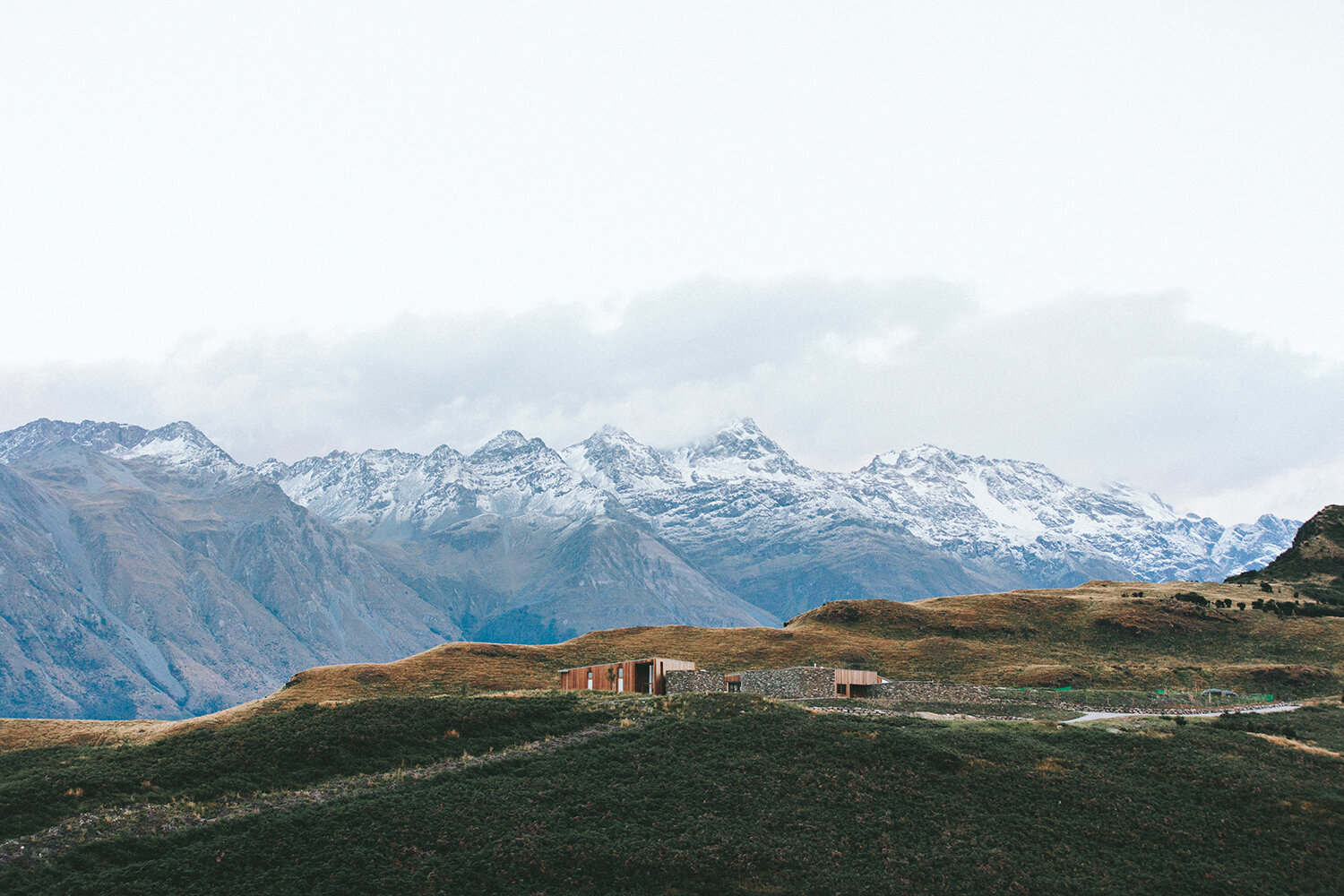Project Summary
Recreational Equipment Inc., commonly known as REI, is an American retail and outdoor recreational services corporation. In this conceptual design, REI is looking to create an inviting platform that is tailored for climbers, providing useful, everyday information for their climbing trips.
At the beginning of our research stage, my team and I discovered climbers need a more efficient way to access resources for their climb. They are often frustrated when they need to toggle between different platforms instead of having everything in one place.
In a two week sprint, my team and I designed REI Climb, which is an all-in-one mobile application where rock climbers can access useful information and stay connected with the climbing community.

Business Goals
To be the #1 brand in the eyes of climbers.
They want to create an experience specifically for climbers, providing useful information every single day, regardless of whether or not they are climbing
In a two week sprint, my team and I designed REI Climb, which is an all-in-one mobile application where rock climbers can access useful information and stay connected with the climbing community.

Challenge
The platform or feature doesn’t currently exist and climbers are sourcing elsewhere, thus losing clientele.

Timeline

Quantitative & Qualitative Research
User Research
To better understand the users behavior, needs, and pain points, we conducted two types of research methods that gave us Qualitative and Quantitative data. For the Quantitative data, we developed a survey in which we had 19 users who have a liking for climbing to fill out. We then interviewed six of the 19 users to obtain our Qualitative data.
We synthesized all the data by affinity mapping the insights and found common trends, shown below.

Persona
We developed our persona using our gathered data

Comparative & Competitive Analysis
In addition to conducting surveys and interviews, we also did a comparative and competitive analysis since we were starting from scratch. We downloaded and then analyzed six apps, half were direct competitors and the rest were indirect. We wanted to see what other apps were doing well and what they were missing and how we can fill in the gap by implementing these features into our app.

Task Flows
To illustrate how the users would navigate through the application, we created two task flows.

Site Map
We wanted to build a strong information architecture that made sense and flowed naturally. In order to create a good foundation from which we can begin building our designs, we started by organizing our data and outlining where each individual piece of information lives and, with this, we created a proposed site map.

Low-Fidelity Wireframe
After initial sketches, we created our wireframes. We started with low-fidelity. This was to get a general feel of where the different features would live.

Style Guide
We wanted to stay on brand to REI, so we researched their design system and implemented elements such as typography, color, and spacing into our design.

Mid-Fidelity Wireframe
Once we were done, we dived into making the mid-fidelity wireframe to make the app come to life by increasing the realism with images and making components clickable. This was also when we did our first user test and got feedback.

Hi-Fidelity Wire-Frame
For our high-fidelity wireframe, we listened to the feedback we received and made changes accordingly, such as making the map larger and streamlining the features panel.

Next Steps & Room for Improvement
As this was a two-week sprint, we had to sacrifice certain design elements. There is room for improvement for our next iteration of the app. Here are my next steps:
I want to further expand the accessibility of the app as it gets more developed
Integrate user’s existing social media, so users do not need to create and maintain brand new social media page
Rework the Recommended Gear Drop down and allow users to shop for other climbing gear with less clicks
Incorporate AR/VR feature through connections
Buildout more of the indoor climbing presence on the app
Tweak minor design details to increase clarity and usability
